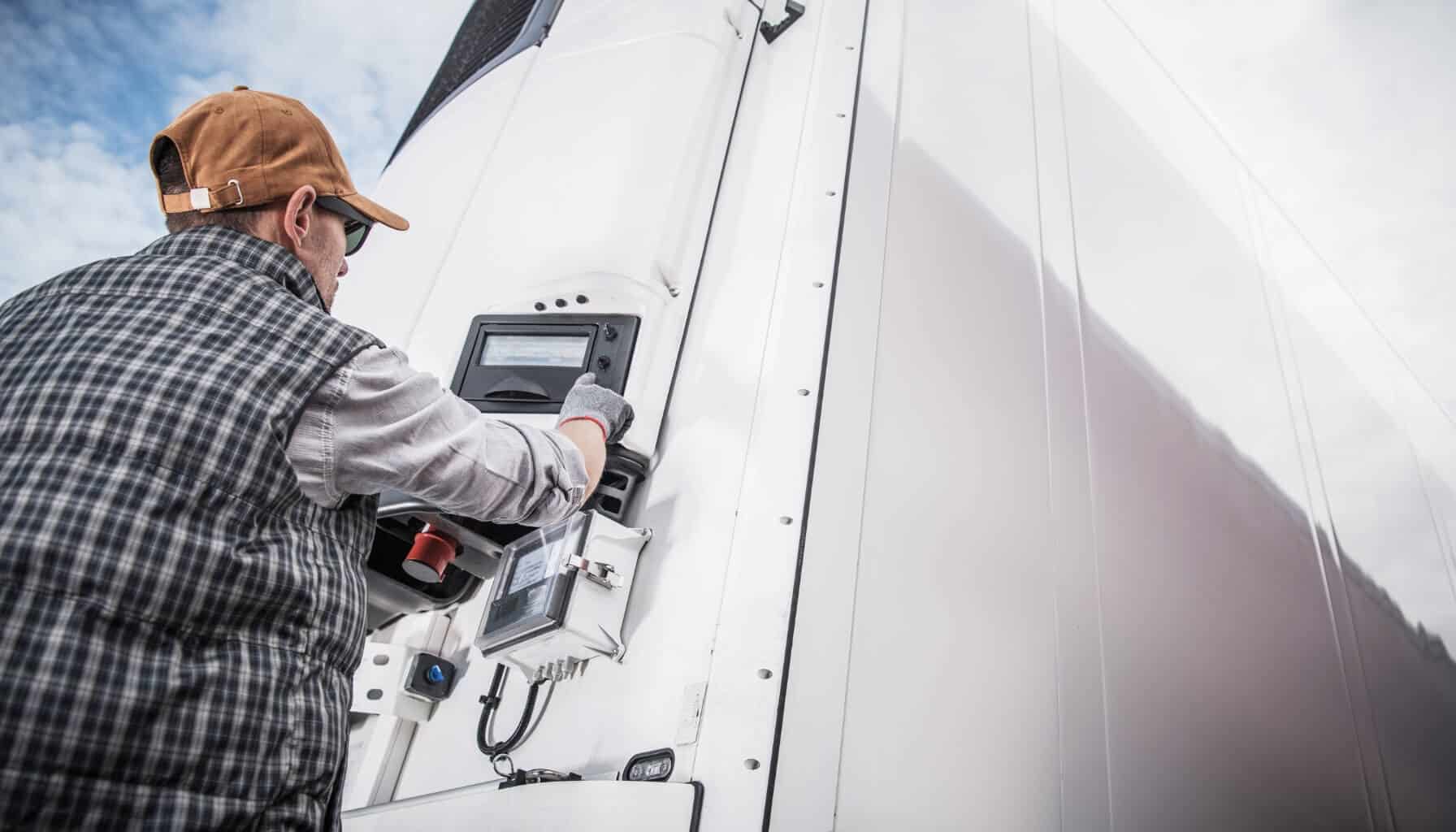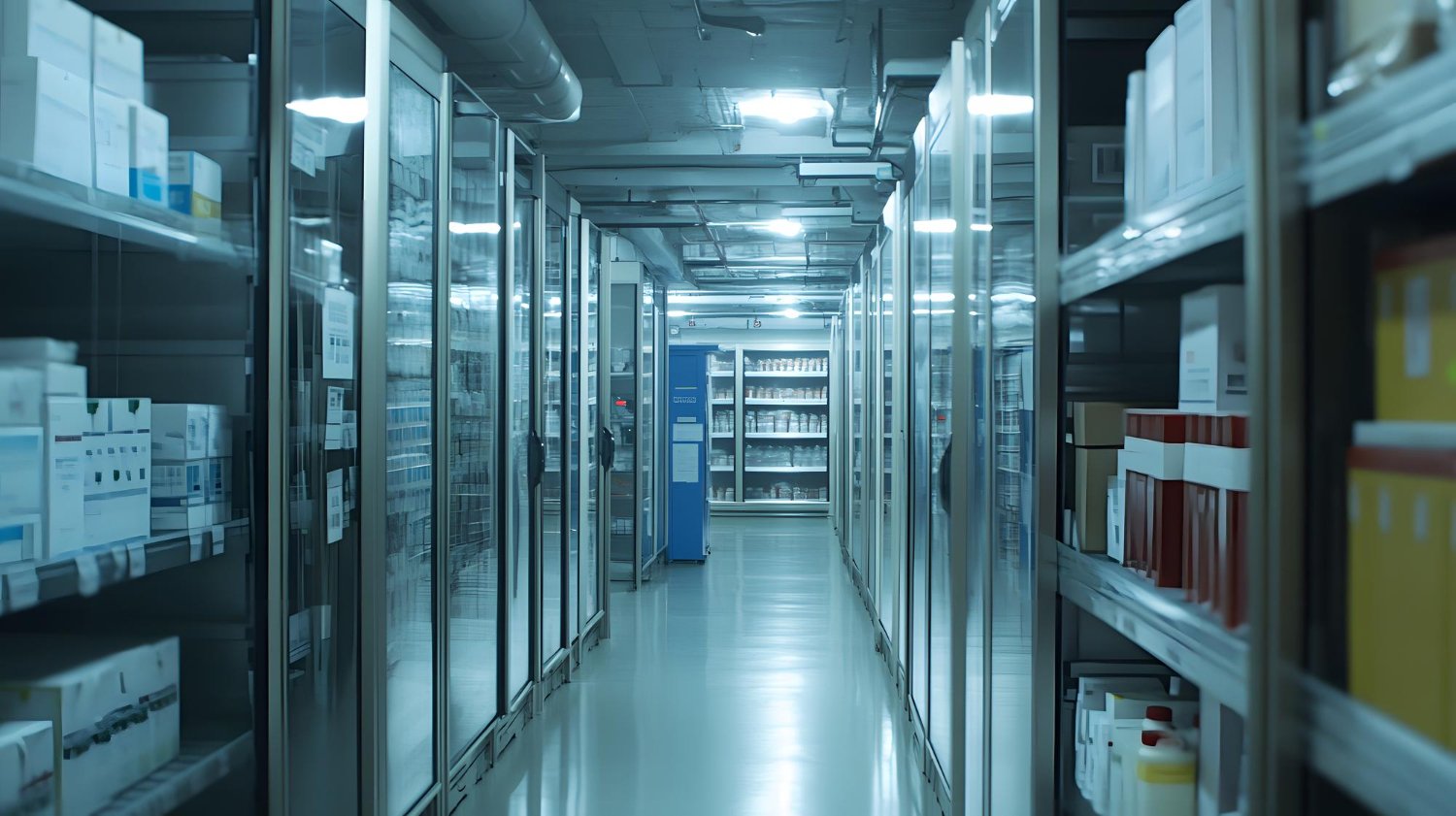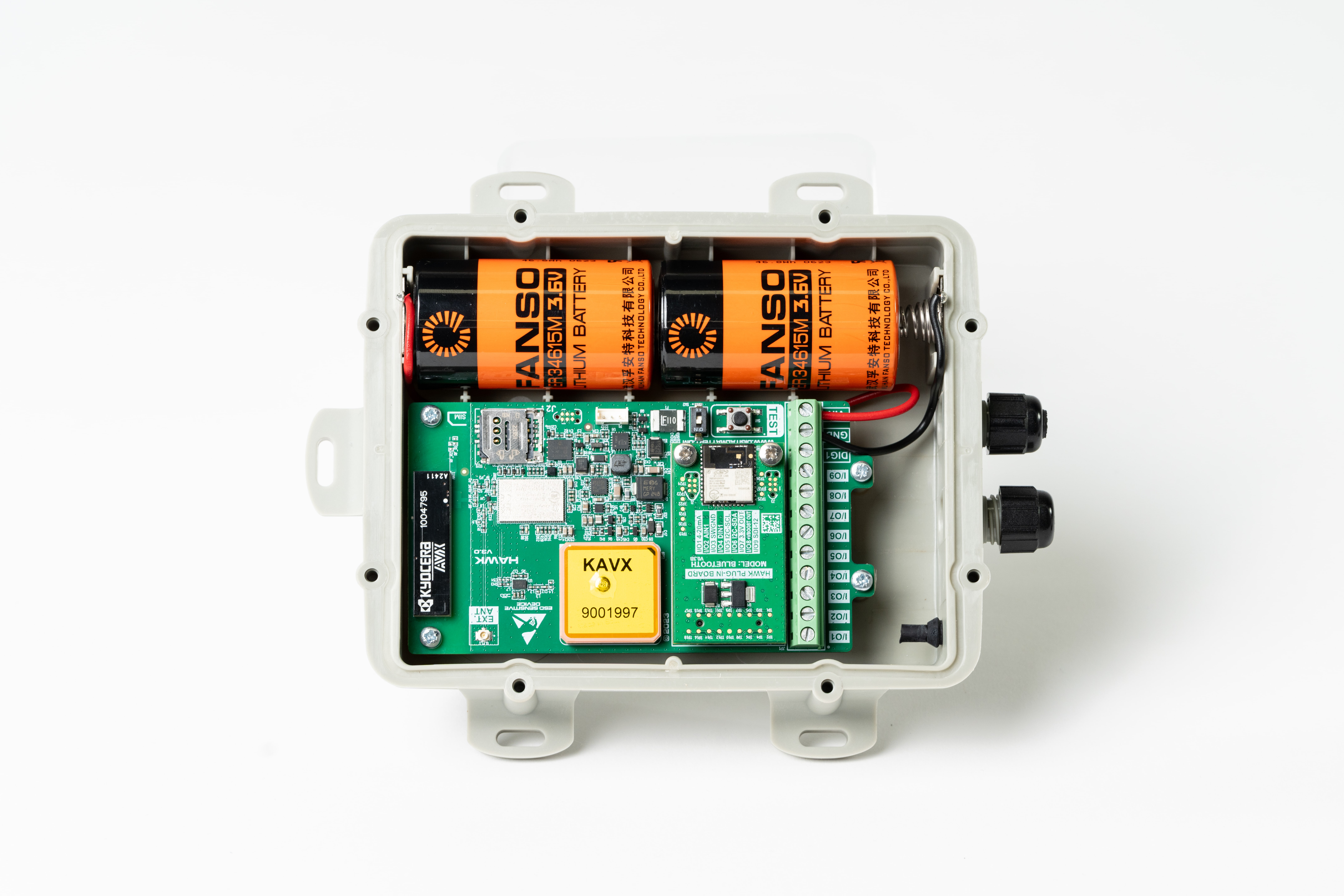Temperature and Humidity Sensor Monitoring

Our mission is to help businesses connect, protect, and derive more value from their assets. As a leading global innovator, developer, and supplier of IoT solutions, we drive continuous innovation to enable our partners to deploy confidently at scale worldwide.

In today’s world, the need for precise sensor monitoring is becoming more and more prevalent. Temperature and humidity sensors are among some of the monitoring tools that play a pivotal role in maintaining optimal conditions for many industries, from cold chain logistics, healthcare, all the way to agriculture. This article will explore the fundamentals of temperature and humidity monitoring, the technology, applications, and role of data loggers for communicating temperature and humidity data.
What is Temperature and Humidity Monitoring?
Temperature and humidity monitoring requires specialized sensors to measure and report ambient humidity and temperature conditions in near-real time. These monitoring systems collect time-sensitive data such as temperature, humidity levels, air quality, and atmospheric pressure. Monitoring relative humidity is crucial for maintaining optimal environmental conditions in various applications. Devices that measure dew point, along with relative humidity and temperature, provide critical alerts when conditions exceed specified limits, ensuring swift corrective actions. These applications range from optimizing environmental conditions in agriculture to ensuring that perishables (food, pharmaceuticals) are preserved and stay within safety guidelines.
Modern wireless temperature monitoring systems use advanced connectivity to transmit data efficiently to loggers and color platforms. Using a variety of connectivity systems, allows for streamlined communication to temperature data loggers and cloud-based platforms. The ability of these temperature sensors to communicate wirelessly allows for remote monitoring and near-real-time data access, facilitating timely decision-making.
Applications of Temperature and Humidity Monitoring
Temperature and humidity monitoring is used in a multitude of industries to ensure optimal conditions and maintain the quality of products and environments. Modern wireless temperature control and monitoring systems use advanced technology to allow for streamlined communication. The following are some of the main industries and how they apply this technology:
-
Cold Chain Logistics: Temperature and humidity monitoring ensures the integrity of temperature-sensitive products during storage and transportation, preventing spoilage and maintaining quality. Learn more about cold chain monitoring.
-
Agriculture: Monitoring greenhouse conditions optimizes plant growth and prevents crop spoilage, ensuring higher yields and better-quality produce. Read more about soil moisture sensor monitoring.
-
Healthcare: Certifying that temperature is monitored in environments for pharmaceuticals and medical supplies is essential to ensure their efficacy and safety, adhering to stringent industry standards.
Importance of Temperature and Humidity Monitoring
Temperature and humidity monitoring is important across various industries to maintain product quality and ensure operational efficiency. Understanding semiconductor-based temperature sensors is crucial for accurate temperature monitoring and response. This helps organizations achieve:
-
Risk Mitigation: Near-real-time monitoring acts as a preventative measure to ensure products are not spoiled or damaged. This is done by maintaining optimal conditions and reducing risks associated with environmental changes.
-
Cost Reduction: Efficient temperature sensing and environmental control reduces waste and operational costs, saving money by minimizing product losses and energy consumption. Semiconductor-based sensors utilize temperature-sensitive voltage to monitor temperature shifts, providing a linear response.
-
Compliance: Ensuring adherence to industry regulations and standards enhances safety and sustainability.
Temperature and Humidity Monitoring: The Hawk Data Logger
Data loggers are essential for recording and storing data from humidity and remote temperature sensors. The Hawk Data Logger is compatible with various sensors, including the resistance temperature detector (RTD), which is known for its high accuracy. This data is then transferred to a defined cloud-based database to allow for remote monitoring.
The Hawk Temperature Data Logger
The Hawk data logger is a device designed to optimize operations through precise and reliable data collection. The Hawk data logger has several key features:
-
Long Battery Life: Boasting up to 10+ years of battery life, the Hawk ensures extended operation without frequent recharges. Ideal for remote and hard-to-access locations.
-
Customizable Design: Allows for tailored configurations, such as different housing/power options and customizable I/O cards to meet specific monitoring needs and requirements.
-
Near-Real-Time Data Logging: Provides continuous monitoring and instant access to data, leveraging LTE-M and NB-IoT for reliable data transfer.
-
Durability: The Hawk is weatherproof, ultra-rugged and boasts an IP68 rating, built to withstand harsh environmental conditions, ensuring reliable performance.
The Hawk data logger can operate within the narrowest temperature range, ensuring precise data collection even in extreme conditions.
Further, the Hawk integrates effortlessly with a large range of temperature and humidity sensors, enhancing data collection and analysis. This allows for comprehensive monitoring, remote decision-making, and increases in operational efficiency. With broad integration potential and pre-defined I/O cards, the Hawk enables a more streamlined process and fast deployment.
Compatible Temperature and Humidity Sensors
The Hawk can be integrated with a variety of temperature and humidity sensors, including SDI-12, 4-20mA, Analog, and Bluetooth options. Examples include:
Temperature Sensors:
-
Amphenol I²C T9602 Temp/Humidity Sensor: Provides accurate temperature and humidity measurements and is IP67 rated for environmental protection. Uses an I²C interface.
2. DS18B20 Digital Temperature Sensor: A 1-wire sensor known for its ease of integration and precise temperature readings. Uses a 1-Wire interface.
3. MLX90614 Infrared Thermometer: Ideal for non-contact temperature measurements, useful in industrial and food safety applications. It utilizes I²C communication for easy integration. Uses an I²C interface.
PT100 Temp Sensor: Known for its high accuracy and stability. Uses a 4-20mA interface.
Humidity Sensors:
-
Amphenol I²C T9602 Temp/Humidity Sensor: In addition to temperature, this sensor accurately tracks humidity levels, making it versatile for various applications. Uses an I²C interface.
2. ELA RHT Tag: A Bluetooth sensor that provides reliable temperature and humidity readings.
The Hawk provides reliable data collection and transmission, ensuring compatibility with these sensors for comprehensive monitoring and optimal environmental conditions.
For a detailed list of compatible temperature and humidity sensors, visit our Knowledge Base to explore supported sensors and inputs for environmental monitoring.
Summary
Monitoring temperature and humidity is vital for maintaining optimal conditions, safety, and operational efficiency. The Hawk Data Logger streamlines this process, offering seamless integration with a wide variety of wireless sensors, near-real-time data logging, and remote reporting on this data. By choosing the Hawk for your temperature and humidity monitoring needs, you benefit from reliable, flexible, and efficient data collection and management.
Contact us today to learn more about how the Hawk can improve your temperature and humidity monitoring requirements.



.png)



